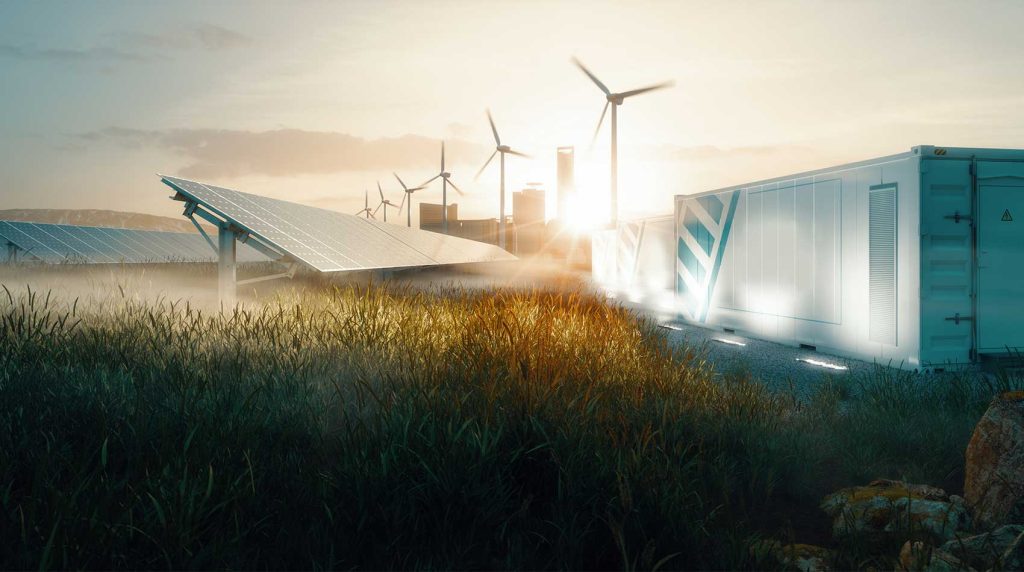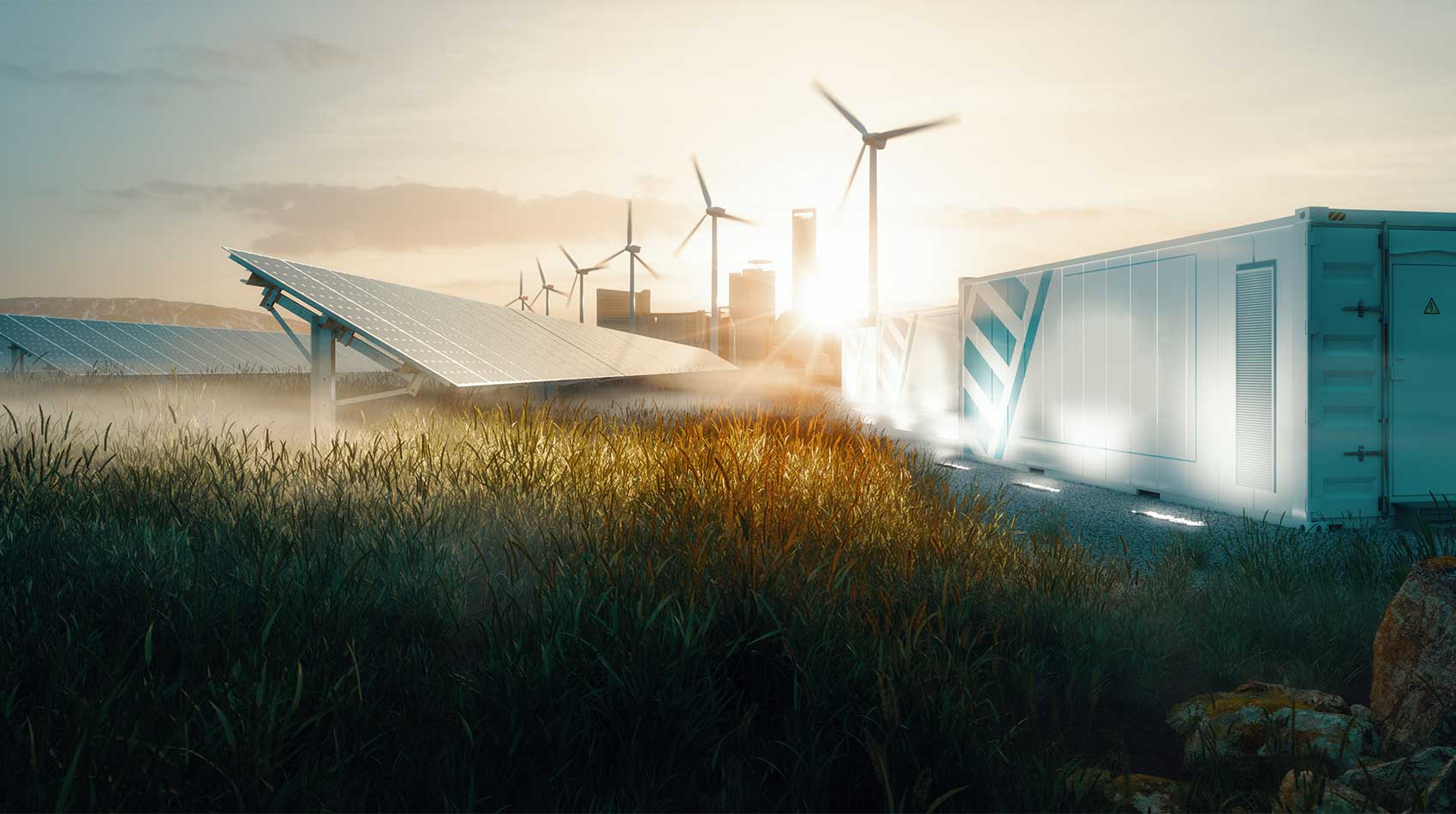Solar photovoltaic (PV) panels are widely recognized for their ability to convert sunlight into electricity, but their integration with energy storage systems is equally critical in creating a sustainable and resilient energy infrastructure. By pairing solar panels with storage technologies, users can overcome the intermittent nature of solar power, ensuring a reliable and continuous energy supply while maximizing the utility of renewable resources.
Bridging the Intermittency Gap
Solar PV panels generate electricity only when exposed to sunlight, making their output variable due to factors like weather, time of day, and seasonal changes. Energy storage systems—such as lithium-ion batteries, flow batteries, or thermal storage—address this challenge by storing excess energy produced during peak sunlight hours. This stored energy can then be discharged during periods of low or no generation, such as at night or on cloudy days, ensuring a stable power supply. For instance, residential solar-plus-storage systems allow homeowners to power their homes even after sunset, reducing reliance on the grid and enhancing energy independence.

Optimizing Self-Consumption and Grid Interaction
Without storage, surplus solar energy is often fed back into the grid, sometimes at low compensation rates. By storing excess power, users can increase self-consumption—using their own solar energy instead of purchasing electricity from utilities—which lowers bills and accelerates return on investment. Additionally, storage systems enable participation in demand response programs, where users can sell stored energy back to the grid during peak demand periods, earning financial incentives and supporting grid stability. This two-way interaction transforms solar PV from a passive generator into a dynamic asset.
Enhancing Resilience in Critical Applications
Energy storage extends the reliability of solar PV in off-grid or emergency scenarios. Remote communities, telecommunication towers, and healthcare facilities rely on solar-plus-storage systems to maintain operations during grid outages or in areas lacking infrastructure. For example, hospitals equipped with solar panels and batteries can ensure uninterrupted power for life-saving equipment, while rural schools can access electricity for lighting and computing without expensive diesel generators.
Enabling Large-Scale Renewable Integration
At the utility level, solar farms paired with massive battery banks help balance supply and demand on the grid. By smoothing out fluctuations in solar output, storage reduces the need for fossil-fuel-based peaker plants, cutting emissions and operational costs. Countries like Australia and California are pioneering large-scale solar-storage projects to transition toward 100% renewable grids.
Conclusion
Solar PV panels alone provide clean energy, but their synergy with storage technologies unlocks their full potential. By mitigating intermittency, optimizing economic returns, enhancing resilience, and enabling grid-scale decarbonization, energy storage transforms solar power into a versatile, round-the-clock solution. As battery costs decline and innovation accelerates, the integration of solar and storage will play a pivotal role in achieving a sustainable, low-carbon energy future.
